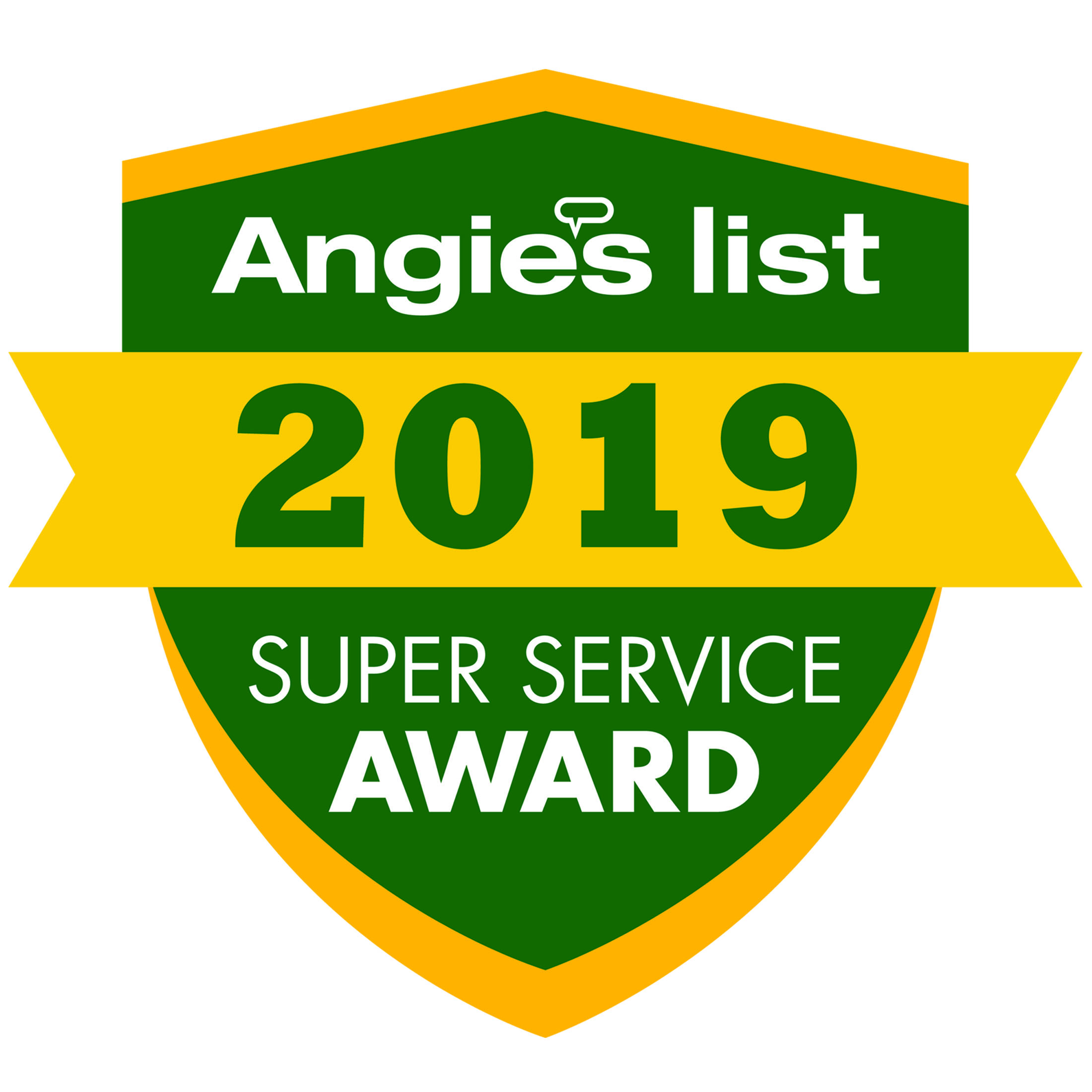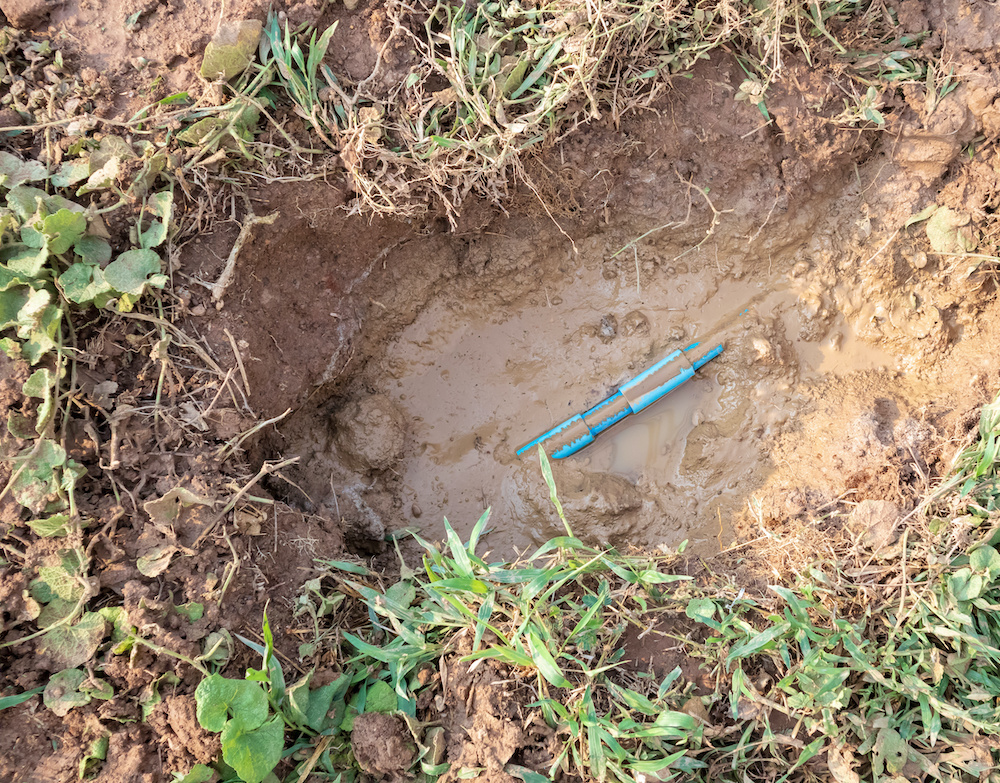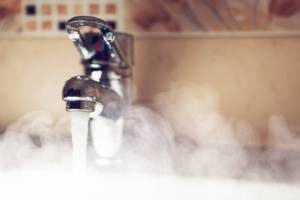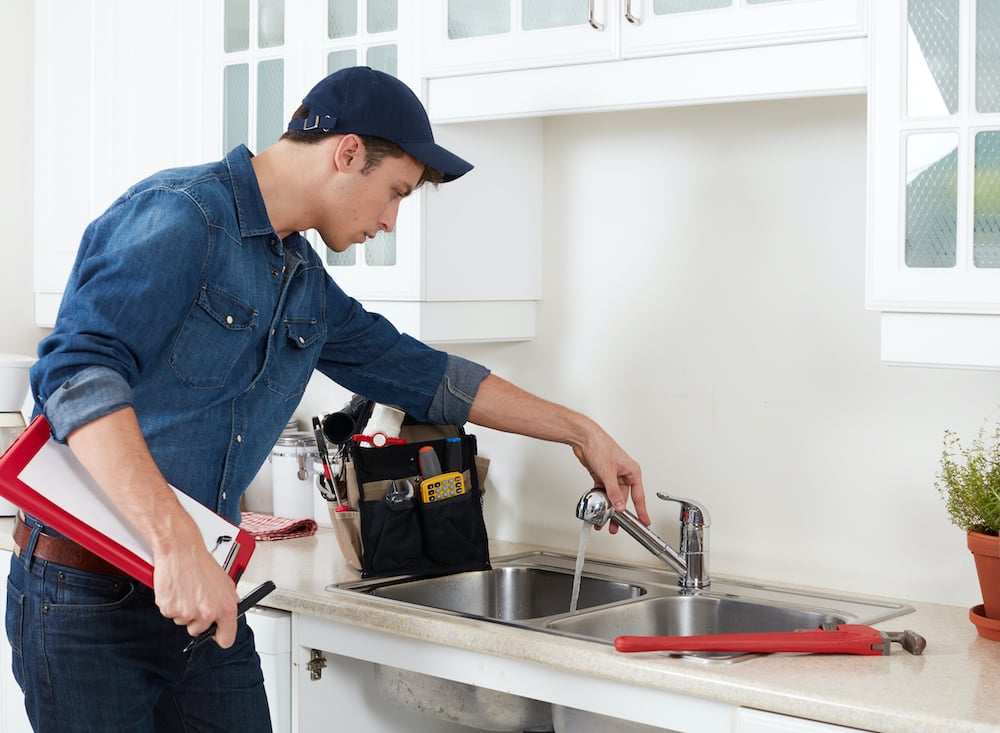No one except a plumber wants to deal with a malfunctioning pipe, especially if the repair costs can reach thousands.
According to ESRI Canada, “Across Canada, sewer maintenance has become a growing priority and there has been a significant shift to rehabilitating sewer lines before they break.”
Sanitation houses only expand the pipes in your home to the main drain connected to them.
Most major installation problems usually occur on the mainline, and it is best to avoid it as much as possible. Broken sewer pipes can cause bathrooms to be flooded with gutters, broken pipes, and expensive repairs.
Cleaning and preventing blockage in your sewage system is important, after all, it costs between $2,250 on the low-end and $5,750 on the high-end to repair a sewer line, according to HomeGuide.

The central sewer system is an essential part of the home water supply. Many homeowners only think about their house waste pipes when problems arise, especially when the sewers are usually clogged.
Repairing the sewer is very important if you want to enjoy your home without installation problems. However, some homeowners have difficulty knowing when to ask for help.
Also, so many of them have their sewer problems worsen that they have to think about sewer replacement.
When Should You Repair Your Sewer?
It can be difficult to be 100% sure when to do it. The main reason is that most sewage pipes are underground. Because this isn’t immediately apparent, you might not see the problem, even if it happens at all.
Only when it appears unexpectedly at home, you realize that something much more severe is happening. If it is difficult to identify the signs of a problem, it can cause several problems.
This problem includes higher electricity bills, blocked drains, and lack of sanitation, making home life unhealthy for everyone.
Your sewage system plays an essential role in your home’s waste system, and if it doesn’t work correctly, it’s no secret. But how can you distinguish small repairs that you can fix from repairs that require the help of a professional?
As a rule, it is the best idea to schedule your sewer pipe repairs immediately if you notice any problems with your sewer pipes. You can misdiagnose the problem or accidentally make it a bigger problem.
Does Your Sewer Need a Repair? (Signs to Look Out For)
There are clear and unclear signs when identifying sewer line problems. The need to repair sewer pipes in some cases is easily identified by clogging and mold all over the house.
However, there may be other signs that are less clear, and you need to know what to look for.
1). Low Water Level
If you notice that the water level in your toilet fluctuates continuously, this can be a clear sign of damage to the sewage pipe. It’s hard to say what caused it, whether it’s a bottleneck or a leak.
For this reason, it is vital to call a licensed plumber to check it.
2). Smell
This problem is a common sign that emits an unusual odor coming from the floor, especially outside the home.
Most times, you can smell it in the bathroom or the basement. Look for other possible causes of odors and contact a plumber if you can’t find something.
3). Slow Drainage
This sign is one of the most evident signs because it affects plumbing throughout the house. If you notice that it runs slowly while showering, flushing the toilet, or even running water to the sink, this can be a sign of a big problem.
Slow drainage affects more than one room because many water supply areas are affected.
4). Cracks
If you see cracks in the foundation, wall, or even on the ceiling, this can be a sign of a big problem.
If you see a break in a wall or ceiling, you might not think it as a problem with your plumbing system, but it could happen.
A common mistake made by homeowners is to ignore new cracks in exterior tiles and believe that this is just a state-building. Please don’t assume you checked it professionally.
5). Mold
Another clear sign is when you see mold or mildew growing throughout the house. This is also sometimes ignored because homeowners blame it on other causes such as brain damage, failure of the air conditioner, or whatever. If these criminals are denied, the water pipe is the final clear suspect.
Essentially, proper cleaning and maintenance of your sewer line is important. This will eliminate mold formation of bacteria that cause unhealthy weed in your sewage system.
6). Lush Grassy Areas
If you find that your yard looks green and lush this year, it might be caused by a septic tank. Plants thrive in gutters because they are good fertilizer.
Sewer leaks can be suitable for your yard, but that’s bad news for your home and waterways.
7). Strange Noises
Your sewage pipe should not make any noise if it works well. However, if you feel a blockage in the water pipe, it means there is a blockage that is ready to absorb your wastewater.
Strange noises in your sewage line can be caused by a blockage, which is preventing wastewater water from flowing naturally.
Once you unclog the blockage, your sewage system should start functioning properly — and the noises will be gone.
8). Increased Water Bills
Your water bill continues to rise. You start watching bath time and reduce the amount of laundry, but the price keeps increasing. This can mean that you have a sewer line leak.
Unexpected water bills may be as a result of leaky faucets and fixtures. When the leakage is heavy, more water will be wasted, and you can expect a higher bill at the end of the day.

Don’t manage leaky faucets and fixtures. Why? Because studies show that about one drip per second can waste up to 17 gallons in 24 hours. Since a leaking faucet is easy to fix, make sure you do it as soon as you can.
And once that’s done, you should proceed with repairing your sewer.
9). Pest
Unfortunately, damaged main lines can also cause unwanted pests in your home. Rats and insects can easily slip through cracks and gaps in their sewage pipes and find their way to your pipes.
This pest can be very dangerous for your health. If you suspect pests in your pipeline, the plumber can do a visual inspection of your waste pipe.
Prevention of Significant Blockages in Sewage Systems
There are several reasons for blockages in large gutters. Some cannot be avoided, such as tree roots and collapsed pipes.
Other things can be monitored to prevent frequent constipation. An important preventive measure is to control what enters the drain.
Solid objects thrown in the toilet can take the sewage system and make it jam. Also, excess food and oil that cleans kitchen drains can clog a more considerable pipe.
However, If your sewer line is backed up more than once a year, it may be necessary to explore and repair problem areas or change channels. However, it is often only the case that the main sewage pipe suffocates once or twice a year.
This is especially true when large tree roots grow in gutters. The price difference between exploring or digging or repairing pipes is significant.
Most sewer line blockage can be prevented with routine maintenance and proper use of sewer.
How to Keep a Clean Sewer Line (Tips to Keep in Mind).
a). Don’t use your toilet as a wastebasket — if you wash your facial tissue, napkins, diapers, and other rubbish in your bathroom, constipation will occur; a blockage you can’t imagine unclogging.
b). Use your garbage disposal intelligently — Avoid throwing away the massive amounts of things that are in your garbage disposal that can be stored in your waste disposal system.
c). Do not pour oil into the sewage system — oil and grease, although when poured, the liquid can get stuck in the water and accumulate deposits and cause constipation.
Broken sewers are not just expensive repairs. This interferes with your home installation.
If your drain is damaged anywhere, you need to repair the drain! It is best to fix it as soon as possible, not only to ensure efficient installation but also to prevent ordering flooded drains, pipes, or basements.
Conclusion
Although sewer repair and maintenance isn’t a glamorous job, we all know it’s essential to the health of both our residential and commercial properties.
Remember that whatever you flush down your drains and toilets have a significant impact on your sewer system.
That’s why ongoing preventive maintenance is recommended if you want a healthy sewer and drain system.
This post first appeared on https://blog.antaplumbing.com



 We don’t mean to imply you need to stare into the drains in your house as often as you can spare the time. We mean that while you go about your daily routines of cooking, showering, bathing, and cleaning, imagining the drains are just fine, they may be picking up debris that will create slow or clogged drains in the future.
We don’t mean to imply you need to stare into the drains in your house as often as you can spare the time. We mean that while you go about your daily routines of cooking, showering, bathing, and cleaning, imagining the drains are just fine, they may be picking up debris that will create slow or clogged drains in the future.

 Having a busted heater is a nightmare for any homeowner, especially in the middle of winter. Plus, since the cost of fixing it is typically astronomical, paying for it isn’t economical. Thankfully, you can avoid experiencing both of these by following some tips given by professionals of
Having a busted heater is a nightmare for any homeowner, especially in the middle of winter. Plus, since the cost of fixing it is typically astronomical, paying for it isn’t economical. Thankfully, you can avoid experiencing both of these by following some tips given by professionals of  If you really want to avoid repairs, this is what you should do. By practicing proper heater maintenance, not only will you prevent any problems from getting worse, but you’ll also spot them before signs show.
If you really want to avoid repairs, this is what you should do. By practicing proper heater maintenance, not only will you prevent any problems from getting worse, but you’ll also spot them before signs show.



 Furnace efficiency is a hot topic these days, particularly because homeowners are looking for any and every DIY solution to problems with their heating bills. Well, you might not be able to build a new furnace from scratch but you’ll definitely be able to do a few things that help with the efficiency of your furnace system. That’s where we’re trying to help.
Furnace efficiency is a hot topic these days, particularly because homeowners are looking for any and every DIY solution to problems with their heating bills. Well, you might not be able to build a new furnace from scratch but you’ll definitely be able to do a few things that help with the efficiency of your furnace system. That’s where we’re trying to help.